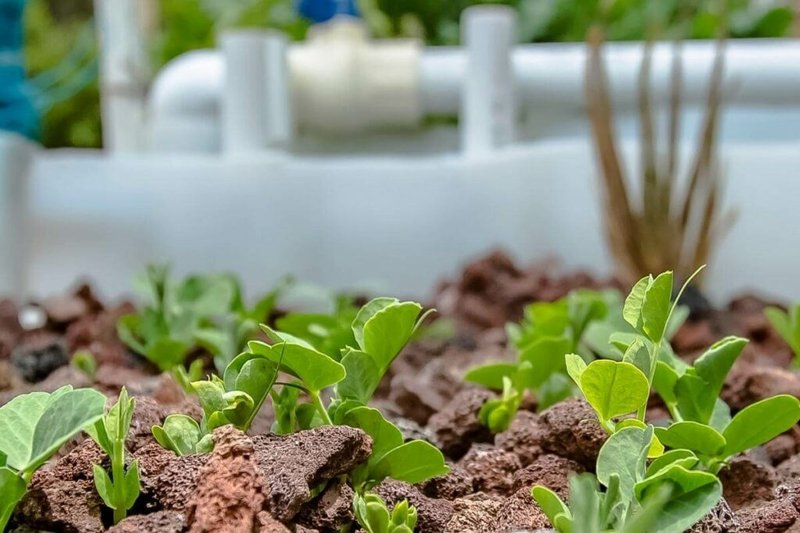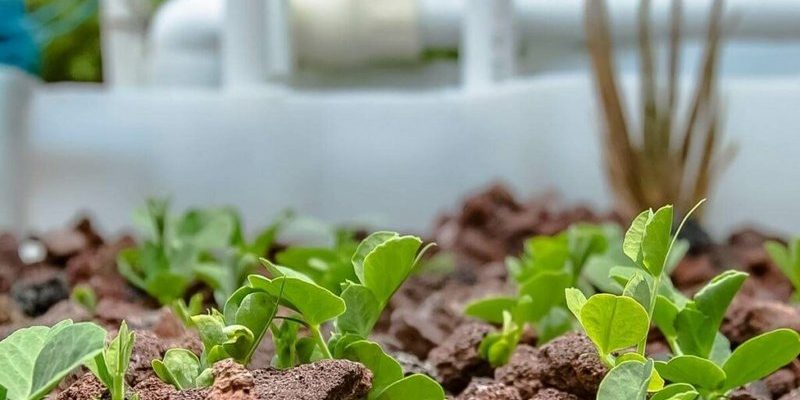
Earthworms are like nature’s little recyclers. They break down organic waste and transform it into nutrient-rich castings, which can, in turn, benefit plants and fish in an aquaponic environment. Let’s dive into how these fascinating critters fit into the equation and whether they can truly make a difference in your home system.
What Are Aquaponics and Earthworms?
To really appreciate the role of worms, let’s start with a quick overview of aquaponics. In its most basic form, aquaponics combines raising fish in tanks and growing plants in a soilless environment. The fish waste provides nutrients for the plants, while the plants help filter and clean the water for the fish. It’s a beautiful cycle of life, all occurring in a single system.
Now, where do earthworms come in? Earthworms, primarily species like the **red wigglers (Eisenia fetida)**, are remarkable little engines of decomposition. They consume organic matter and then excrete nutrient-rich castings known as worm castings. These castings are packed with essential nutrients and beneficial microorganisms, making them a fantastic addition to any growing scenario.
Benefits of Using Earthworms in Aquaponics
Using earthworms in your aquaponic system offers several advantages:
- Improved Nutrient Cycling: Earthworms help break down organic waste faster, making nutrients more accessible to the plants.
- Enhanced Aeration: Their burrowing creates channels in the growing medium, improving oxygen flow to plant roots.
- Biological Activity: Worm castings introduce beneficial microbes that promote healthy plant growth and disease resistance.
- Natural Fertilizer: Unlike synthetic fertilizers, worm castings are gentle and non-toxic, allowing for healthier plants and fish.
Honestly, one of the best things about these little guys is how they keep your system balanced. They help create a more **stable environment** for both fish and plants, leading to a healthier, more productive system overall.
How to Integrate Earthworms into Your Aquaponic System
So, how do you actually add earthworms to your aquaponics setup? It’s easier than you might think! Here’s a simple step-by-step approach:
1. **Choose the Right Worms:** Stick with red wigglers. They thrive in compost and can handle a variety of organic waste, making them perfect for your setup.
2. **Create a Worm Bed:** You can set up a worm bin using a shallow container filled with newspaper, vegetable scraps, and a bit of soil. Keep it moist but not soggy.
3. **Add to System:** Once your worm bed is thriving, you can introduce some of those worms into your aquaponic growing media. They can live in the grow beds and process waste from the fish.
4. **Monitor the System:** Keep an eye on the balance. Too many worms in a small system can lead to overpopulation, while too few might not provide enough benefits.
As you introduce worms, you might be wondering about how it affects your fish. Rest assured, when managed properly, the worms won’t disturb your fish but will support their health by enriching the ecosystem.
Common Challenges and Solutions
While earthworms can be a fantastic addition to aquaponics, there are some challenges you might encounter:
- Temperature Sensitivity: Worms prefer temperatures between 55°F and 75°F. Extremes can be detrimental, so ensure your system isn’t too hot or too cold.
- Overfeeding: Too much organic matter can overwhelm worms, causing them to die. Stick to small amounts of food scraps until you find the right balance.
- pH Levels: Worms thrive at a neutral pH (around 7). If your water is too acidic or alkaline, it could harm them. Regularly check and adjust your water’s pH.
You don’t have to tackle these challenges alone. Many aquaponics enthusiasts share tips and solutions in online forums and community groups.
Alternatives to Earthworms in Aquaponics
If worms don’t seem like the right fit for your system, you have other options. Consider these alternatives to enhance your aquaponics:
- Compost Tea: Using compost tea made from traditional compost can provide nutrients similar to worm castings without adding live worms.
- Beneficial Microbes: Products that introduce beneficial microbes into your system can enhance nutrient breakdown and plant health.
- Cover Crops: If you’re growing in a soil component, cover crops can help with nutrient cycling by adding organic matter back into the soil.
Each of these methods can help create a healthy environment, but earthworms bring a unique benefit that’s hard to replicate.
In conclusion, using earthworms in aquaponic systems isn’t just a quirky idea; it’s a practical approach to improving nutrient cycling and promoting plant health. They enrich the environment naturally and can help create a thriving ecosystem for both plants and fish. While there may be challenges, the benefits often outweigh them, making them worth considering.
So, if you’re diving into the world of aquaponics, consider adding earthworms to your system. They might just be the little helpers you never knew you needed. Happy gardening!

